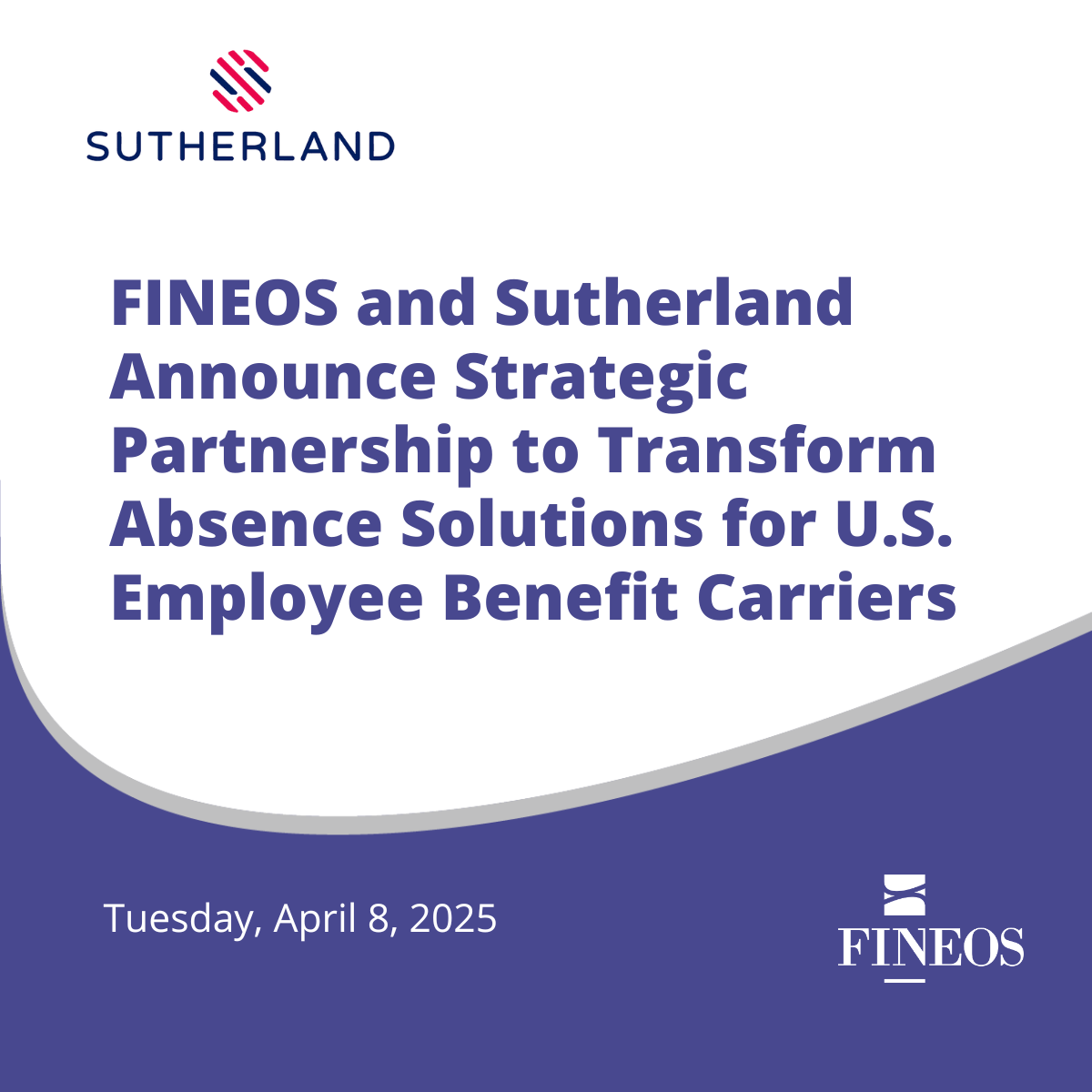Original article appeared in Benefits Pro April 2022
How do employers know which benefits their workforce actually needs and is willing to pay for?
Experience with the pandemic and what is now known as the Great Resignation, have forced most CEOs to move recruitment and talent retention to the top of their priorities because of concerns over the impact labor shortages will have on their ability to achieve their objectives. In 2021, 47 million employees voluntarily quit their jobs, causing the biggest labor shortage since World War II.
To better understand the reasons for the Great Resignation and help leaders respond effectively, MIT analyzed 34 million online employee profiles to identify U.S. workers who left their employer for any reason (including quitting, retiring, or being laid off) between April and September 2021. Their research revealed several contributing factors including employers’ responses during the pandemic, frequency of reorganizations and job insecurities. The top predictor of attrition was having a toxic culture.
A closer look at the research suggests the need for a more, holistic approach to attracting and retaining talent. This means looking at the entire employee experience, from the ways in which recruiting is performed to the ways in which employees are communicated with and treated throughout the entire lifecycle of their employment. With nearly 4 out of 10 workers in the U.S. looking to make a job switch this year, according to a survey from Fidelity Investments, it is clear that employee expectations have changed, and employers need to do more than ever before to understand why if they want to keep the employees they have and hire the ones they need.
As employers scramble with understanding the needs of the workforce, they are doing more than usual to make their total compensation packages more attractive by increasing salaries, 401K contributions and expanding benefits. According to Willis Towers Watson’s “Emerging Trends in Health Care Survey”, the top five fastest-growing benefits being offered for 2022 and beyond are identity theft insurance, hospital indemnity, pet insurance, critical illness and group legal.
Although these are great additions, how do employers know that these are the benefits that their workforce actually needs and are willing to pay for? With an increasingly diverse workforce that spans five generations, having this understanding helps employers to select benefits that are valued by their workforce and are viewed as key differentiators in today’s tight labor market.
Most organizations accelerated their digital strategies in response to the pandemic. This better positions them to leverage technologies to gain more insight on the needs of their workforce. Technologies such as predictive analytics and machine learning can be implemented to perform more granular analysis of a company’s own data and compare it to data from other sources. By doing so, employers can determine the types of benefits that are more likely to resonate and have a greater level of confidence that they will be used.
Although benefits cannot address the issues that cause an organization to become toxic, they can help to demonstrate that employers do care about the well-being of their employees. Employers often say they care about their employees and their families, but how many offer benefits that are portable when circumstances change and employees leave their jobs? Although it may seem counterintuitive, offering benefits that can be kept after an employee leaves their job can increase retention.
Met Life’s 2021 study on trends in employee benefits revealed that 69% of employees say a wider array of benefits would increase loyalty to their employers. It also found that employers are having to change their approach to benefits to meet the needs of an increasingly diverse workforce. They are offering more personalization, different combinations of benefits, adding benefits that improve wellbeing and remove stress. Because stress manifests itself in different ways, many companies have expanded their mental health benefits and looking for innovative ways to remove some of the stress that comes from personal circumstances and eventually makes its way into the workplace. As a result, more companies are considering financial wellness benefits in their offerings.
Tight labor markets have also resulted in more employers offering benefits to part-time and gig workers. Employers who can do this now may find themselves at an advantage given the projected growth in the number of workers participating in the gig economy (50% by 2027).
To ensure that employers offer benefits that align with the needs of their workforce as well as their strategies for profitable growth, employers are going to have to invest in analytical tools that are easy to learn and use. These tools can help benefits managers easily access and compare employee data with external sources to uncover insights and better inform decisions.
For example, all generations in the workplace carry some form of debt for student loans. On average, those in Gen X’s (born between X and Y) carry the largest percentage (38.4.%), followed by Millennials (31.9%), Baby Boomers, Gen Z’s (7.3%) and the Silent Generation (5.9%). Even though Gen Z’s do not carry as much of the total burden, they may have more difficulty making ends meet because their payments may take a larger portion of their income. This, combined with their desire for more flexibility in their jobs may make them more likely to jump ship if a better offer is available.
Gen Z’s are changing jobs at a rate 134% higher than they were in 2019. Millennials are switching 24% more, and boomers 4% less, per LinkedIn data. If an employer’s workforce is comprised primarily of Gen Z’s, it may make sense to explore ways to ease the financial pressures caused by student debt and determining if others would also benefit. If not enough of the employee base held student debt, this type of offering may not be worth pursuing. By providing benefit managers with the data they need to perform more granular analysis, the likelihood of success with new benefit offerings is greatly enhanced.
Increasingly, employers are also using forms of artificial intelligence such as machine learning and natural language processing to improve understanding of the employee experience and uncover their concerns. Although these forms of technology have been used in other functions of the business, they are still relatively new for employee benefits analysis. By analyzing data from multiple sources (emails, call logs, social media, etc.) deeper and more accurate insights can be derived about what employees need, where opportunities to improve communications exists and ultimately the critical factors driving employee retention.
As employers consider expanding their benefits platform, the need for a flexible infrastructure that can quickly accommodate data from multiple sources becomes critical. Being able to quickly add new benefits or create new combinations of benefits without having to rely on scarce I/T resources is key. Although the opportunities to leverage technologies to improve the employee experience are limited to the imagination and the budget, there are important factors to consider.
Understanding and navigating the continuously changing benefits landscape requires the ability to process data from multiple sources and a willingness to use insights from the data to inform decisions. It also means having a strong commitment throughout the business to ethical and transparent data governance. Privacy and consent to use employee information can create challenges that are difficult for employers to manage unless they are explicitly clear about the ways in which personal information will be used.
Even though the pandemic and Great Resignation are forcing C-Suite to rethink the employee value proposition in ways that some may find uncomfortable, the timing is right to do so. Just like the markets most organizations serve, the future of work is about flexibility and the ability to respond to change. Employers who are unprepared are likely to find themselves struggling to attract and retain employees for many years to come.


